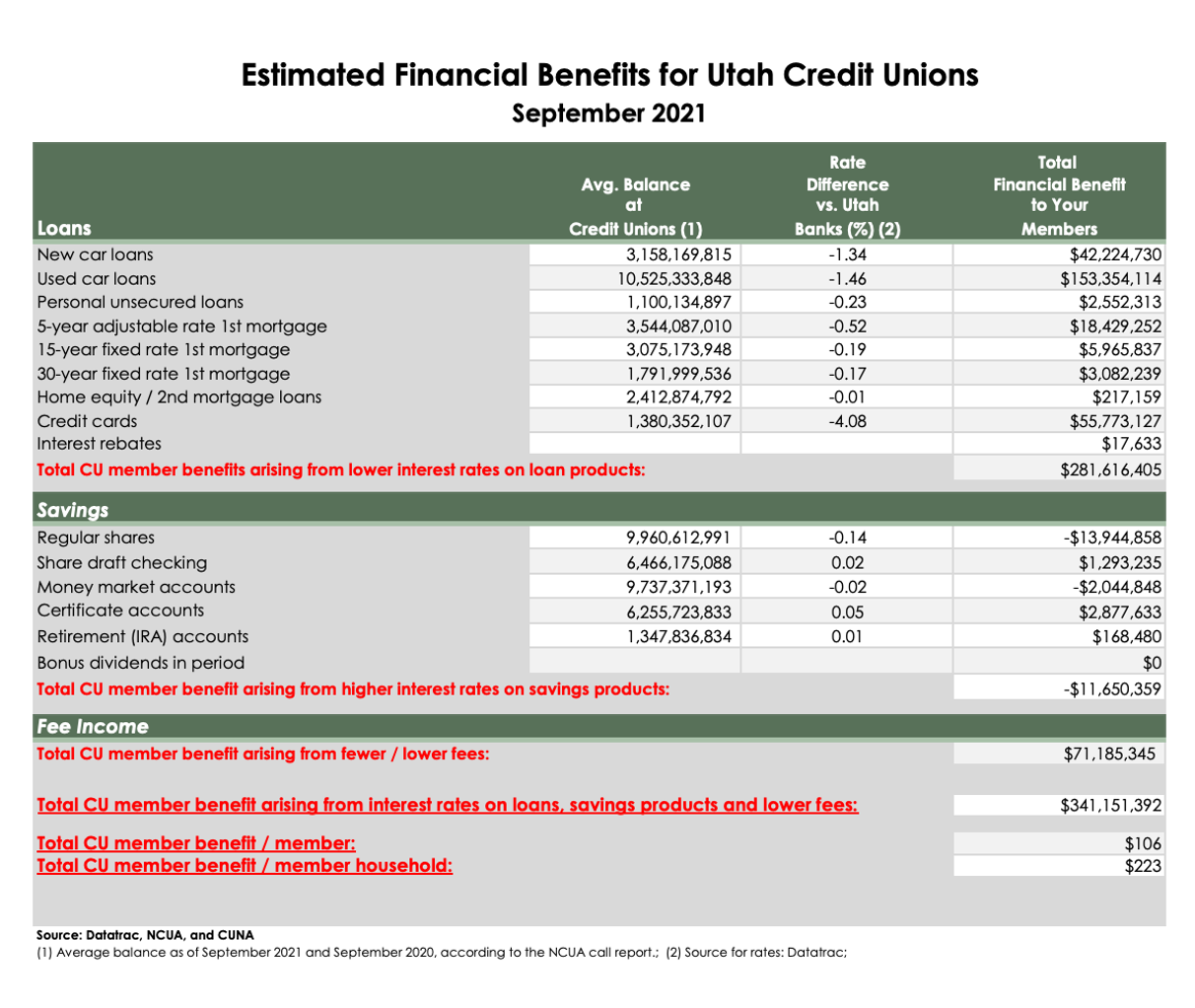The Ultimate Guide to Understanding Cooperative Credit Union
Credit unions stand as special economic entities, rooted in principles of shared assistance and member-driven operations. Past their fundamental worths, recognizing the elaborate operations of credit rating unions includes a much deeper expedition. Unraveling the complexities of subscription eligibility, the development of solutions used, and the distinctive advantages they bring needs a detailed exam. As we browse through the intricacies of cooperative credit union, an insightful journey awaits to drop light on these member-focused organizations and exactly how they vary from typical banks.
What Are Credit Rating Unions?
Lending institution are member-owned financial organizations that provide a range of financial solutions to their members. Unlike traditional banks, lending institution operate as not-for-profit companies, suggesting their main focus gets on serving their members instead than making best use of revenues. Members of a lending institution normally share a typical bond, such as functioning for the same company, belonging to the very same neighborhood, or belonging to the very same company.
One of the vital benefits of lending institution is that they often use greater passion rates on financial savings accounts and lower rates of interest on loans compared to financial institutions. This is because cooperative credit union are structured to benefit their participants directly, enabling them to hand down their profits in the kind of much better prices and fewer charges. In addition, credit unions are understood for their individualized client service, as they focus on building relationships with their participants to understand their distinct economic demands and goals.
History and Advancement of Cooperative Credit Union

The origins of member-owned monetary cooperatives, understood today as cooperative credit union, trace back to a time when neighborhoods sought alternatives to typical banking institutions. The idea of lending institution come from the 19th century in Europe, with Friedrich Wilhelm Raiffeisen often attributed as the pioneer of the cooperative financial movement (Credit Unions Cheyenne). Raiffeisen founded the initial acknowledged lending institution in Germany in the mid-1800s, highlighting community support and self-help concepts
The development of cooperative credit union proceeded in North America, where Alphonse Desjardins developed the first lending institution in Canada in 1900. Soon after, in 1909, the initial U.S. cooperative credit union was created in New Hampshire by a group of Franco-American immigrants. These early lending institution run on the basic principles of common support, autonomous control, and member possession.
Gradually, lending institution have actually grown in popularity worldwide because of their not-for-profit framework, emphasis on serving members, and using affordable financial products and services. Today, credit scores unions play an essential role in the economic industry, offering community-oriented and obtainable banking alternatives for people and services alike.
Membership and Eligibility Standards
Subscription at a credit report union is generally restricted to people satisfying specific qualification criteria based on the establishment's founding concepts and regulative needs. Some credit score unions may just offer individuals that function or live in a particular area, while others might be tailored to workers of a particular business or participants of a certain association.
In addition, credit history unions are structured as not-for-profit companies, implying that their key objective is to offer their members instead of generate revenues for investors. This concentrate on member service often equates right into even more personalized interest, reduced costs, and competitive rates of interest on savings and finances accounts. By meeting the eligibility requirements and coming to be a member of a lending institution, individuals can access an array of financial product or services tailored to their particular requirements.
Providers and Products Supplied
Among the crucial elements that establishes lending institution apart is the diverse series of economic solutions and items they use to their members. Cooperative credit union normally supply standard banking solutions such as savings and examining accounts, financings, and credit cards. Participants can likewise benefit from financial investment solutions, consisting of pension and financial preparation support. Many credit history unions supply competitive interest rates on financial savings accounts and financings, in addition to lower costs compared to conventional financial institutions.
Additionally, cooperative credit union usually offer hassle-free online and mobile banking choices for participants to easily manage their financial resources. They might offer benefits such as common branching, allowing members to access their accounts at other credit unions across the nation. Some lending institution likewise supply insurance products like life, car, and home insurance to aid participants shield their assets and loved ones.
In addition to monetary services, lending institution frequently participate in community outreach programs and monetary education efforts to support their members in achieving their financial goals.
Advantages of Banking With Lending Institution
When considering economic institutions, checking out the benefits of financial with credit history unions discloses unique benefits for members looking for personalized service and affordable prices. Unlike huge banks, credit score unions are member-owned and prioritize building solid partnerships with their participants. Overall, banking with a credit score union can give a more personalized, economical, and member-centric economic experience.
Verdict

Credit scores unions Credit Unions in Wyoming are member-owned financial institutions that use a range of financial solutions to their members. The idea of credit report unions originated in the 19th century in Europe, with Friedrich Wilhelm Raiffeisen typically attributed as the leader of the cooperative financial movement.The evolution of credit rating unions continued in North America, where Alphonse Desjardins established the first credit report union in Canada in 1900. Credit report unions generally provide conventional banking solutions such as savings and inspecting accounts, finances, and credit score cards.When considering monetary establishments, exploring the advantages of banking with credit score unions exposes unique benefits for members looking for personalized service and competitive rates.
Comments on “Experience the most effective of Banking at a Wyoming Credit Union: Your Local Financial Companion”